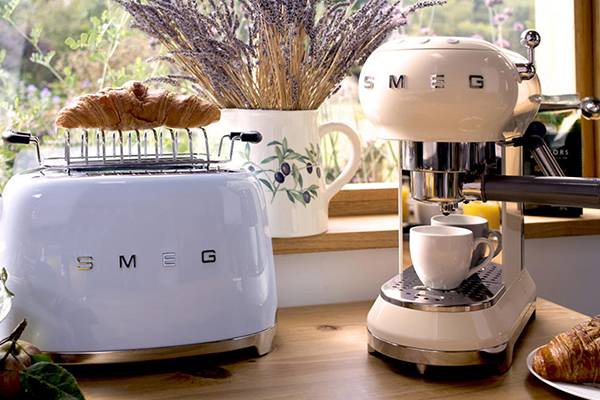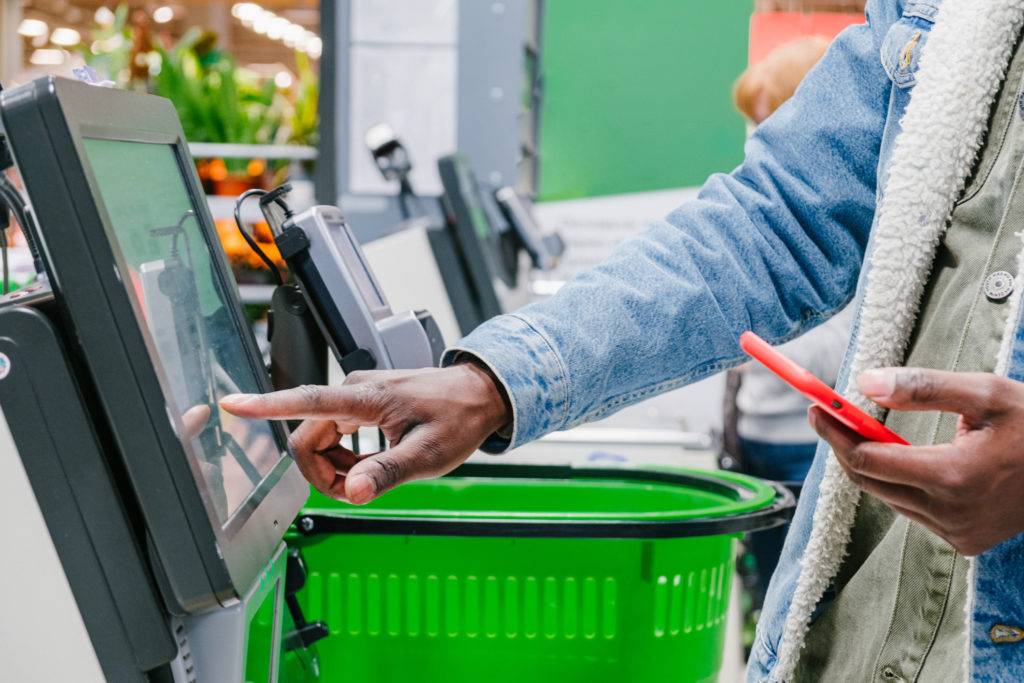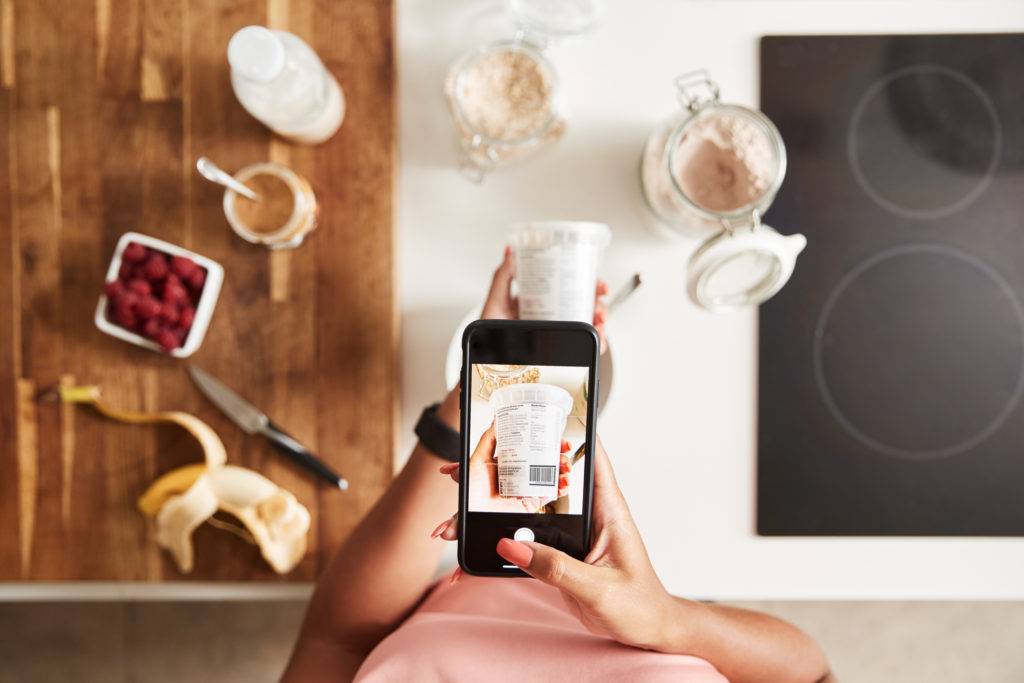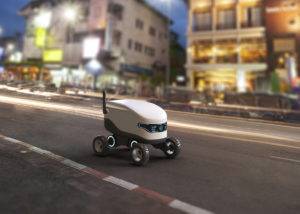
SMEG Customer Case Study
Download this data sheet to explore the features and benefits of Naveo Commerce for Enterprise Grocery.
As Naveo Commerce plans its exciting launch of Scan & Go supermarket technology, we look at the key differences between this and self-checkout services already offered in most grocery stores.
Scan and Go is the latest supermarket technology to save time and boost profit margins for grocery stores. But hasn’t it already been around for years?
Whilst many large supermarkets and smaller metro stores have utilized self-checkout payment systems in-store, Scan & Go will add a whole new level of customer and brand use in the future.
First, it’s important to note the key difference between the two technologies and why Scan & Go is a new necessity for the grocery store self checkout.
Self-service tills are used in-store by grocers to allow its shoppers to pay either during or at the end of their journey around the store. In supermarket self checkout, the shopper will add items to their physical basket, then scan them one-by-one before paying, using the supermarket’s associated point of sale device (POS).
We are generally used to a self-service tills and self checkout POS systems appearing at the end of our shopper journey. We place all the items we’ve bought one-by-one into a bagging area, then pay.
However, the COVID-19 crisis did introduce a new layer to this system. During the pandemic, customers could use a handheld scan & pay device to reduce queues at the end and, ultimately, to reduce contact time between shoppers and lower the risk of infection.

Scan & Go solutions take this handheld approach and add a layer of smart data, to allow both shoppers and brands to benefit.
Providing an all-in-one application for optimized user experience, it allows customers to build their shopping lists online, then travel around the store in the most efficient way, before paying within the application. Theoretically, a shopper using the app would never need to queue to pay at a self-checkout machine or interact with store staff.
Though, more than this, Scan & Go can be used to seamlessly integrate with grocery eCommerce for a truly omnichannel marketing and shopping experience (more on that later).
A Scan & Go application begins before the shopper visits the store, allowing them to access a mobile app at home or on-the-go. Here, they can select items to be placed on their shopping list hours, days or weeks in advance of their store visit.
This is not only useful for reminding a customer of that new recipe they wanted to try, but can also help to drive larger spends in store and online.

Once in-store, the mobile app will use GPS location of its associated store to guide the shopper through the store in the most efficient way. Not only saving them time but enhancing their customer experience, which leads to promoted levels of brand loyalty.
Finally, as the mobile app is loaded onto the shoppers’ own phone, they can simply walk out of the store and have their credit deducted from a balance loaded on to the app.
This final aspect differs greatly from a self-checkout system used by supermarkets today, in which the whole payment process is provided by internal POS devices which are not connected to any kind of intelligent marketing software.
Naveo Commerce are just at the beginning of our journey into realising the possibilities for Scan & Go technologies, though the early signs show some powerful opportunities for grocery sector marketers.
Customers can build a digital shopping list, which is amazing for omnichannel marketing.
Whilst Scan & Go was initially thought up by Naveo Commerce as an in-store application to help shoppers, it has since blossomed into an idea that can also help those who prefer to shop online or find a balance between both.
The shopping list uses we have discussed can be applied to click and collect pickup or online grocery delivery. In this way, customers become omnichannel shoppers and a brand’s aim must be to match this with omnichannel marketing. By meeting customers where they are, brands provide great customer experience and improve customer retention.
Every shopper is different, each with their own meal preferences and some with food allergens. Brands who offer value to customers by promoting suggested products to complement their weekly shopping list will see enhanced customer loyalty and increased spend.
Additionally, this same feature can also be used to target new or promotional items.
Recipe suggestions can be great way for supermarkets to improve shoppers overall spend and appeal to a growing market. As customer bases with changing tastes grow and evolve, so will their need for exciting recipes with new ingredients.
A given recipe – displayed through an app, email or via a website blog – can be added to shoppers list at the touch of a button and purchased either in-store or online.
As previously mentioned, we are at the beginning of understanding the true power of this future supermarket technology. Though, one issue that would obviously spring to mind is grocery theft.
As industry expert Tomas Grano explains, “supermarkets account for a certain amount of wastage in their monthly or quarterly planning anyway. This accounts for any product waste – such as out-of-date or broken products – plus a small amount of product theft. Grocery stores attempt to offset these costs by cutting back on staff costs or other areas. Scan & Go can help with this as the staff in-store can be reduced and used for customer assistance or baggage checks”.
However, aside from this there is also a powerful artificial intelligence within the software to allow data to be read and flagged for security alerts.
For example, if a customer leaves long periods of time between item scans, then the system will realise this and alert security to check baggage. This is because it is probable that a customer is attempting to discreetly add items in-between scans.
Another example might be if a customer bought all the secondary items required for a certain meal but did not buy the traditionally more expensive protein item.
For these reasons, scan and go theft is actually less likely than a traditional self-checkout POS system, not more.
That being said, Naveo Commerce are constantly on the hunt for customer feedback. With some of the world’s largest grocery chains to call upon – such as SPAR, Co-op, and Salling – we have the ability to constantly improve our product’s performance and add new module tweaks where needed.
Naveo Commerce has plans to launch a Scan & Go app on both iPhone and Android and are looking forward to leading the future of supermarket technology, both in-store and online.
To gain a product demonstration of some of our amazing technology, fill in the form below and one of our representatives will be in touch. To gain more knowledge on our product before that, visit our blog or download any of our handy reports.

Download this data sheet to explore the features and benefits of Naveo Commerce for Enterprise Grocery.

As Naveo Commerce plans its exciting launch of Scan & Go supermarket technology, we look at the key differences between this and self-checkout services already offered in most grocery stores.

As Naveo Commerce plans its exciting launch of Scan & Go supermarket technology, we look at the key differences between this and self-checkout services already offered in most grocery stores.